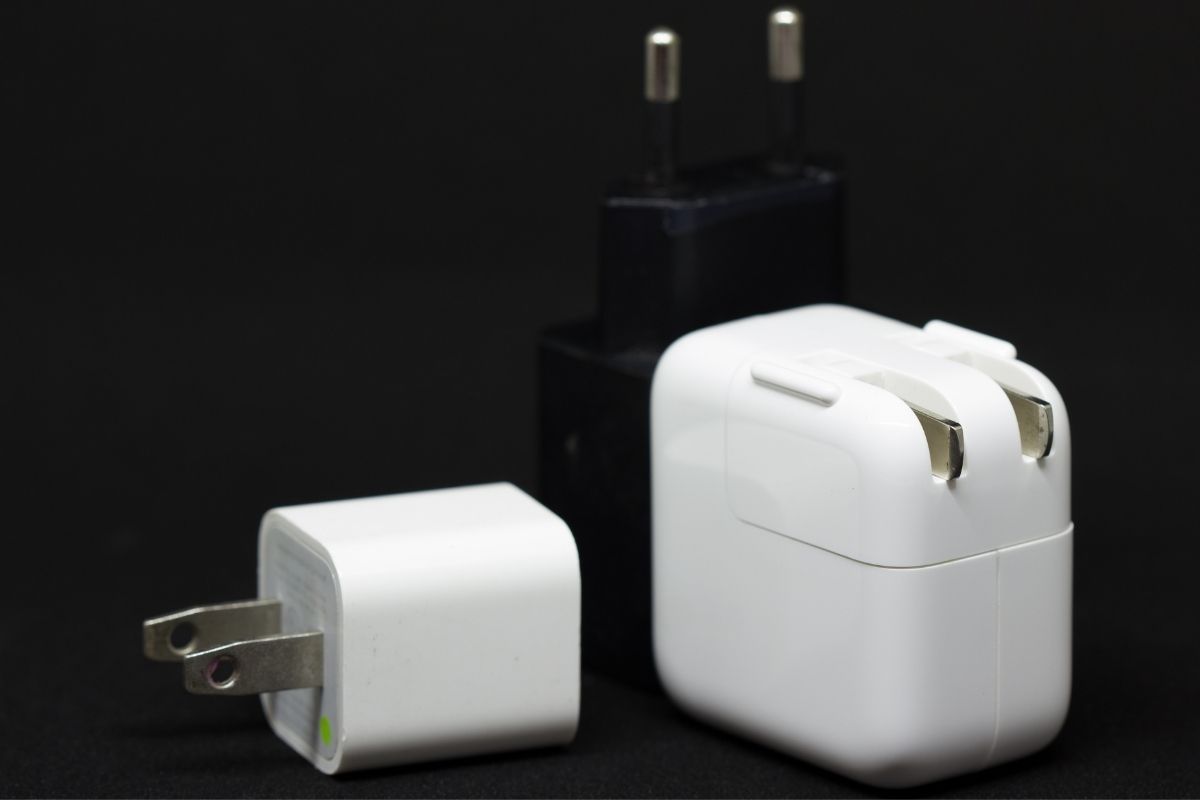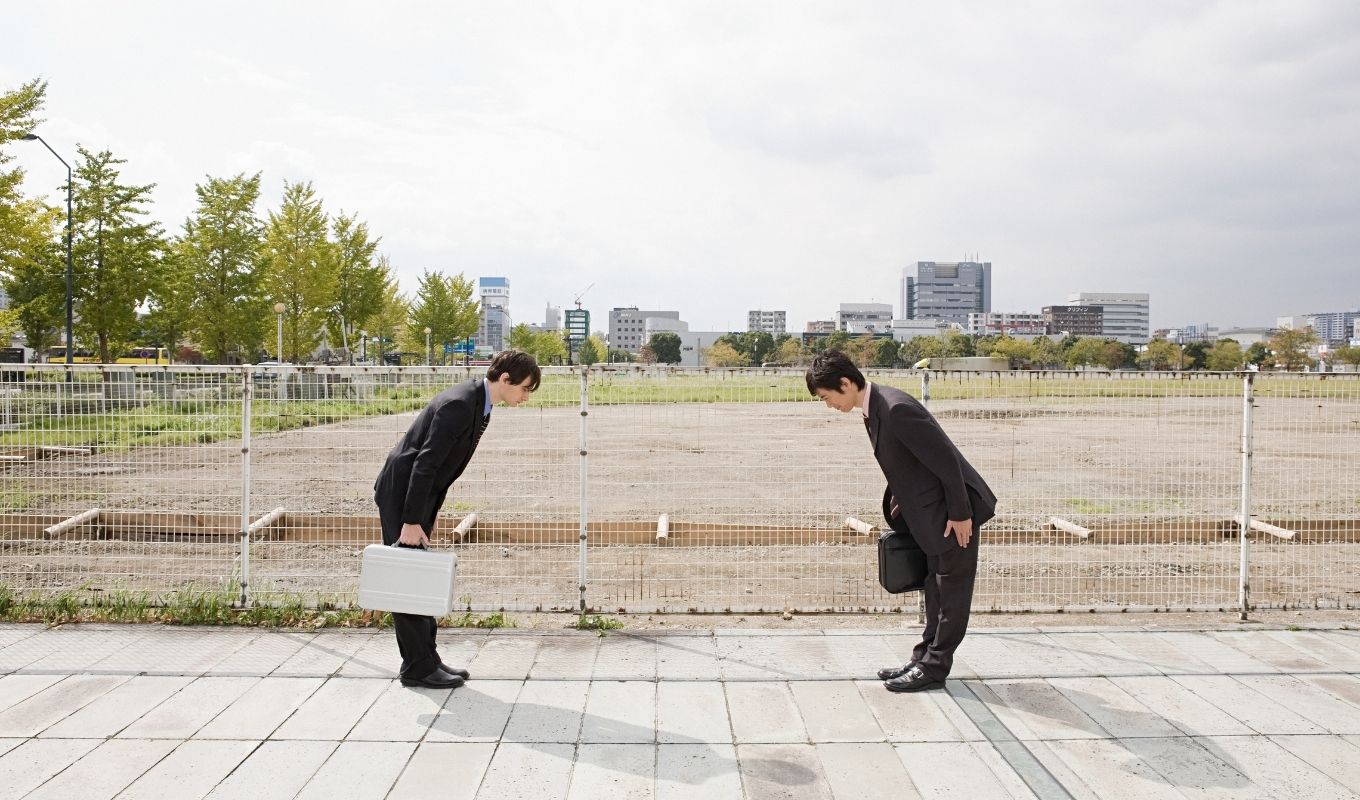Most travelers to Japan are curious about using appliances in Japan. It is natural that when you visit Japan you would want to bring with you your own electronic equipment, electronic devices and appliances, if possible.
In fact, whenever you travel internationally, it is always a good idea to check in advance whether your own equipment such as hair dryers, curling irons, TVs, DVD players, electric shaver, and chargers will be compatible with the electrical system of your destination country.
Anybody who has ever traveled internationally knows that there are three ways that electrical adaptors and voltage settings can differ from one country or region of the world to the next:
- Voltage
- Hz (also known as Hertz or cycles per second of alternating current)
- Electrical plug shape and configuration
Important: if there is any difference in terms of any of these three electrical appliance specifications when trying to use equipment from home in another country, the equipment will not work. In fact, you could potentially damage the equipment or cause a short in the electrical system of the home, hostel or hotel where you are staying.
Japan Has 100-Volt Electrical Outlets That Accept Two Non-Polarized Plugs
Japan’s electrical system is based on 100 volt electricity. Electrical and electronic equipment must have plugs of the two-pronged, flat variety. Made-for-Japan equipment officially employs non-polarized plugs, meaning both pins or blades of the plug are of equal width. That said, most houses and businesses in Japan now are equipped with outlets that accept polarized plugs – which will accommodate both polarized and non-polarized plug types.
In terms of alternating current frequency specifications:
- Eastern Japan’s (e.g., Tokyo) electrical system is compatible with 50 Hz equipment, while
- Western Japan’s (e.g., Osaka) system uses 60 Hz.
Note that this frequency difference is only relevant when using certain types of sensitive equipment.
Compare Japan’s To These Other Countries’ Electrical Appliances
For your reference, here are the electrical system & equipment specifications for some other regions of the world:
United States & Canada: 120V, 60 Hz, two flat, identical-sized parallel prongs (sometimes with a third prong for grounding)
South America: 110V, 60 Hz or 220V, 50 Hz, two flat, identical-sized parallel prongs (sometimes with a third prong for grounding)
Most of Europe, the Middle East, and Africa: 220V or 230V, 50 Hz, various configurations of prongs
In order to use in Japan electrical and electronic equipment purchased in other parts of the world, in most cases you will need to purchase an appropriate electrical adaptor. Here is one that will work in 150 countries, including Japan:
Kensington 33117 International All-in-One Travel Plug Adapter
- Color: Black, Dimensions: 2″ Height x 1.87″ Width x 2.25″ Depth, Input Voltage: 220V AC
- Sold as 1 each
- Input Voltage: 110V AC, Input Voltage Range: 110 V AC to 220 V AC
- Shipping Dimensions: 2″ Height x 6″ Width x 9″ Depth, Standard Warranty: 1 Year
Dual-Compatibility Appliances
Some electrical and electronic equipment purchased in Japan is mutually compatible with the North American electrical system as vice-versa. This is because 100V (Japan) and 110V (North America) are similar enough, and as mentioned above, differences in Hz (50 Hz vs. 60 Hz) do not matter – especially for electrical (as opposed to electronic) equipment.
Of course, try this at your own risk. However, to our knowledge nobody has ever blown out their 110V-compatible electrical equipment when plugging it into a 100V system. If anything, the equipment (such as shavers or hair dryers) from North America would just run a bit weaker in Japan.







